Among many foot problems, flat feet and high arches are a pair of "extremely contrasting" foot shapes, which not only affect walking posture, but may also trigger a chain reaction of knees, lumbar spine, and even the mechanical structure of the whole body. In order to accurately identify and scientifically intervene, it is far from enough to rely on naked eye judgment. At this time, a "black technology" came on the scene-the three-dimensional foot scanner, which uses laser technology to reveal the "secret files" of the arch for us.
1. Laser three-dimensional scanner, the new favorite of foot detection
Traditional foot shape measurement methods, such as foot molds, foam boards or footprints, are simple, but have problems such as low accuracy and limited information. The emergence of laser three-dimensional scanners has completely subverted the way of foot detection.
It uses a high-precision laser projection system and an intelligent camera capture module to perform a full-range, contactless scan of the foot in just a few seconds, accurately record the data of multiple dimensions such as the height of the instep, the arch curve, the length and width of the foot, and finally generate a high-resolution three-dimensional model of the foot.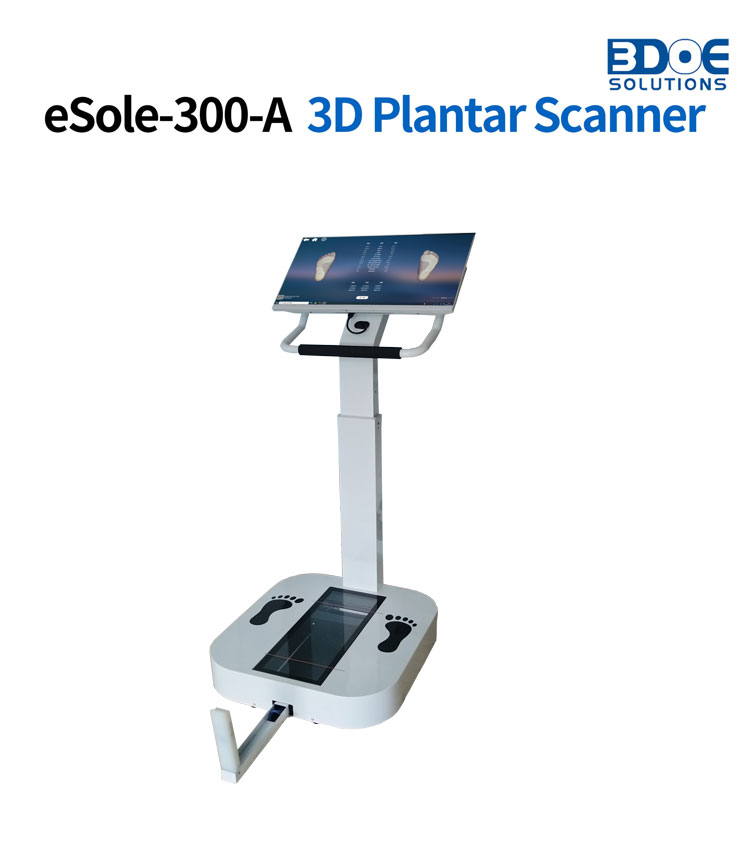
2. How to identify flat feet and high arches?
In the three-dimensional model generated by laser scanning, the height and curvature of the arch area are particularly critical.
Flat feet: The arch height is significantly lower than the normal standard. The three-dimensional map shows that the contact area between the sole and the ground is increased, and the inner edge of the foot is almost touching the ground, forming a "collapsed" curve. Accompanying the collapse of the arch are signs such as heel valgus and abnormal gait.
High arch: In contrast to flat feet, the arch height of high arches is significantly higher, and the middle part of the sole is almost not touching the ground. The three-dimensional model presents a "suspended" structure. Because the pressure is concentrated on the forefoot and heel, this type of foot is often prone to problems such as plantar pain and strong fatigue.
Through the precise data map generated by the scanner, doctors or orthotists can classify the foot type according to indicators such as arch height, pressure distribution, and symmetry, providing a scientific basis for subsequent correction plans.
3. What are the advantages compared to traditional testing?
Non-contact, non-invasive testing: avoid physical pressure and make the test more comfortable.
High-precision three-dimensional modeling: the error is less than 1 mm, and every detail of the foot is truly restored.
Quick drawing and visual presentation: Generate models in a few seconds, which is convenient for doctors to analyze and users to understand.
Support personalized orthopedic customization: Customize arch support insoles for each patient, which are more fitting and longer-lasting.

 +86-0755-86131192
+86-0755-86131192 2025-05-29
2025-05-29 Back to list
Back to list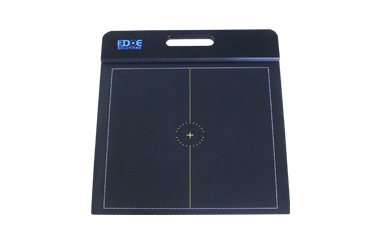
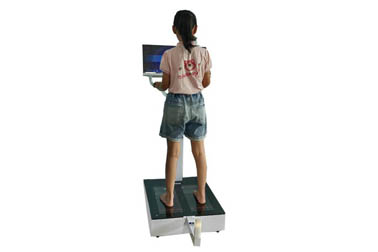
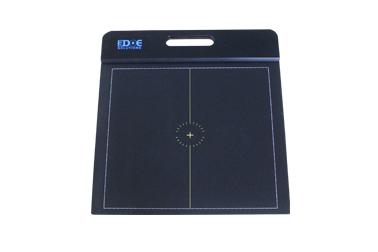
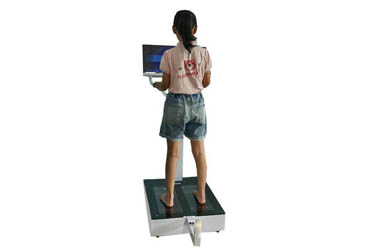
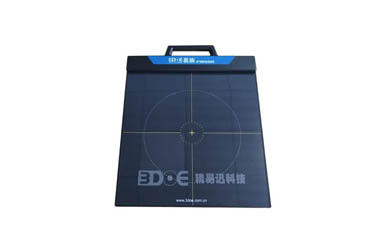
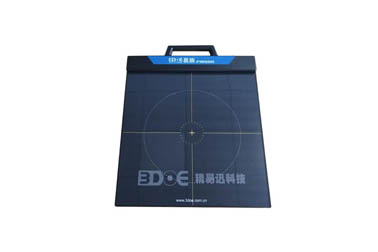



 +86-0755-86131192
+86-0755-86131192